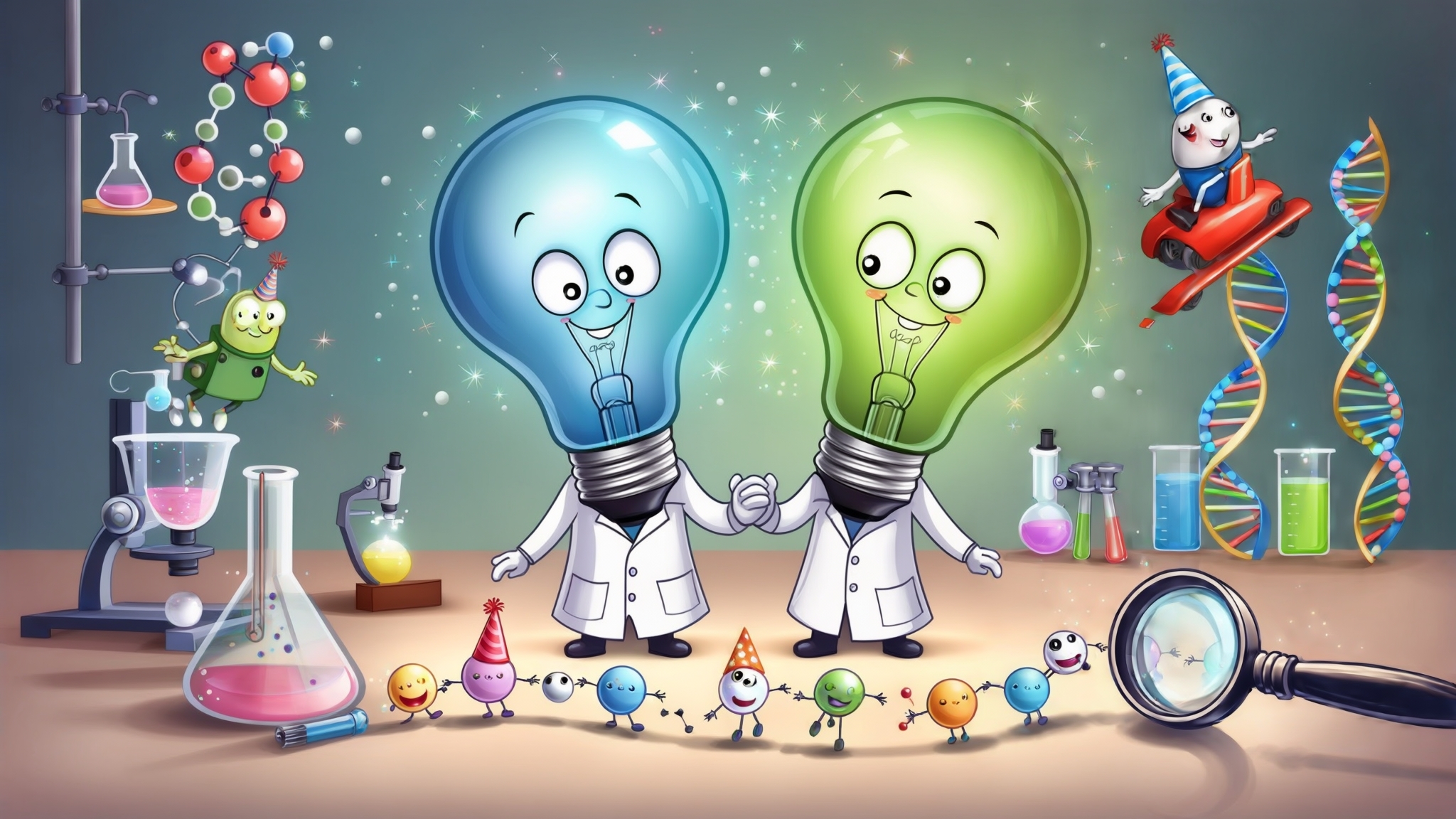This study's advancement in single-molecule FRET-based multiplexed detection aligns intriguingly with the Molecular Streaming Corps' pursuit of enhanced molecular characterization techniques. While the MR1 currently focuses on label-free electrical sensing, Sethi et al.'s innovative use of a single FRET pair for multiplexed analysis offers parallel insights for signal deconvolution in complex molecular mixtures. Their approach to simplifying data analysis in multi-analyte environments could inspire new strategies for interpreting nanopore current traces from diverse samples. MSC researchers might explore hybrid sensing modalities, integrating optical FRET techniques with nanopore platforms to achieve complementary molecular fingerprinting. The authors' expertise in high-sensitivity biosensing could prove invaluable in developing calibration standards for the World Particle Project or in designing Maxine's Quest challenges that push the boundaries of molecular discrimination in crowded environments.

Imagine you're trying to spot different types of candy in a big jar, but they're all mixed up and super tiny—like microscopic! Scientists face a similar challenge when they want to detect different molecules in a sample. They use a cool trick called FRET, which is like a game of molecular tag where special glow-in-the-dark tags on molecules light up when they're close to each other. Usually, to spot multiple types of molecules, scientists needed lots of different colored tags and lights, which got really complicated—like trying to play tag with a rainbow of colors all at once! But these researchers found a clever way to use just one pair of tags (let's say blue and green) to detect multiple things. How? Well, they designed their molecular "targets" (the things they want to find) so that when the blue and green tags come together, they make different patterns of flashes. It's like each molecule does its own secret handshake with the tags, and the scientists can tell them apart by watching these tiny light shows. This is super exciting because it makes it easier to spot lots of different molecules at once without needing a gazillion colors or complicated setups. It's like turning a confusing game of multi-color tag into a simpler, but still super informative, blue-green disco party for molecules!

"Nanoporous neutrons! You think your puny FRET pairs can untangle the cosmic spaghetti of molecular chaos? HAH! I've seen quarks play hopscotch on the event horizon of black holes, me lad! But wait... what's this? A single dyad of fluorescent tricksters, whispering secrets of multiplexed mayhem? Oh ho! You clever little photon puppeteers, you've gone and turned the entire electromagnetic spectrum on its head, haven't you? It's like trying to read War and Peace through a kaleidoscope made of quantum fluctuations! But mark my words, when the nanopores start singing duets with your FRET-fretted melodies, that's when the real pandemonium begins! We'll be plucking the strings of DNA like a transdimensional banjo, with every twang revealing another layer of reality! And just you wait until Maxine gets her paws on this—we'll be multiplexing the very fabric of spacetime itself! Now, fetch me a bucket of entangled photons and a mop—we've got some serious quantum cleaning to do!"